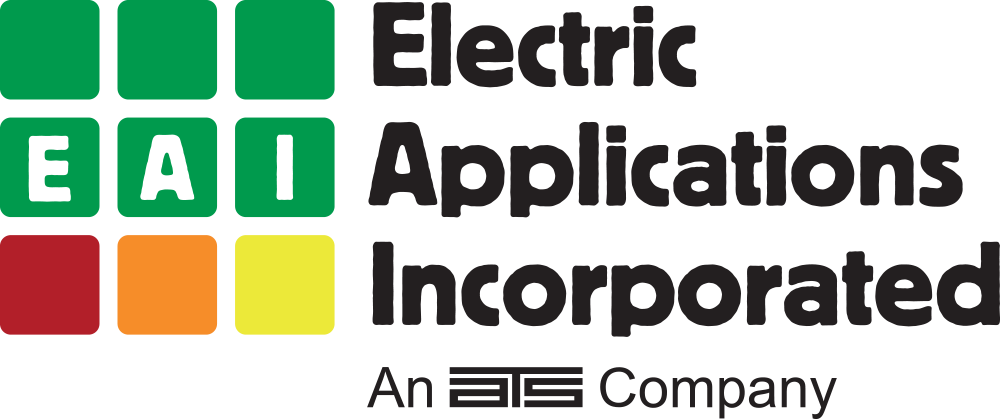November 2006
Recently, there has been a resurgence of interest in the performance and application of lead-acid batteries. This has been driven mainly by benefits in performance obtained by increasing the amount of carbon in the negative plates to concentrations more than 20 times higher than traditional levels. Typically the carbons used have been carbon blacks and carbon fibers, or mixtures there of. EAI staff have been contracted to evaluate the performance of a range of gelled-electrolyte batteries with activated carbon added to the negative paste. Previous work in this area has focused on battery performance under high-rate, partial-state-of-charge (PSOC) conditions, similar to that experienced by hybrid-electric vehicles (HEVs), i.e., small PSOC state-of-charge windows (~ 5%). The addition of activated carbon to both absorptive glass-mat (AGM) and gelled-electrolyte, valve-regulated lead-acid battery (VRLA) types was shown to provide an enormous improvement in performance under these conditions. It is also of great interest to establish if the addition of carbons to VRLA batteries can provide benefits in the more traditional applications, where the batteries experience heavy duty cycling (i.e., the PSOC operating window is much larger). This report describes the performance of purpose-built, gelled-electrolyte and AGM batteries with elevated carbon levels, operated under both fast-charge PSOC motive-power duty in forklifts, and in utility frequency stabilization operation. The PSOC window is much larger than that experienced in HEVs (~50% rather than ~5% state-of-charge window), however, the charge and discharge currents experienced by the batteries are lower. Six types of gelled-electrolyte batteries were purpose-built using different concentrations of carbon. Individual modules and also one full size pack comprising 12, 800 Ah modules were then cycled to failure under specially developed fork lift truck and frequency regulation schedules. The gelled-electrolyte batteries provided very good cycle lives when operated under controlled fast-charge/PSOC conditions (e.g., opportunity fast-charge, utilities and motive power operation) where PSOC windows are larger (30 to 60% of capacity) and charge and discharge rates are moderate (~ 1C or less), provided that there is adequate thermal management. The addition of extra carbon to the negative plates of gelled-electrolyte batteries, however, does not seem to provide performance benefits under this type of duty. This is in contrast to that observed when small PSOC windows are employed (i.e., HEV duty), where additional carbon provided huge benefits. The major issue appears to be related to a lowering of charging efficiency associated with the presence of additional carbon that requires additional equalization charging. Finally, it appears that AGM batteries (which performed excellently with high levels of carbon and small PSOC windows, i.e., HEV duty), with or without carbon, are clearly inferior to gelled-electrolyte batteries when the PSOC window is significantly larger, i.e., 50-60% of capacity, with or without carbon.

